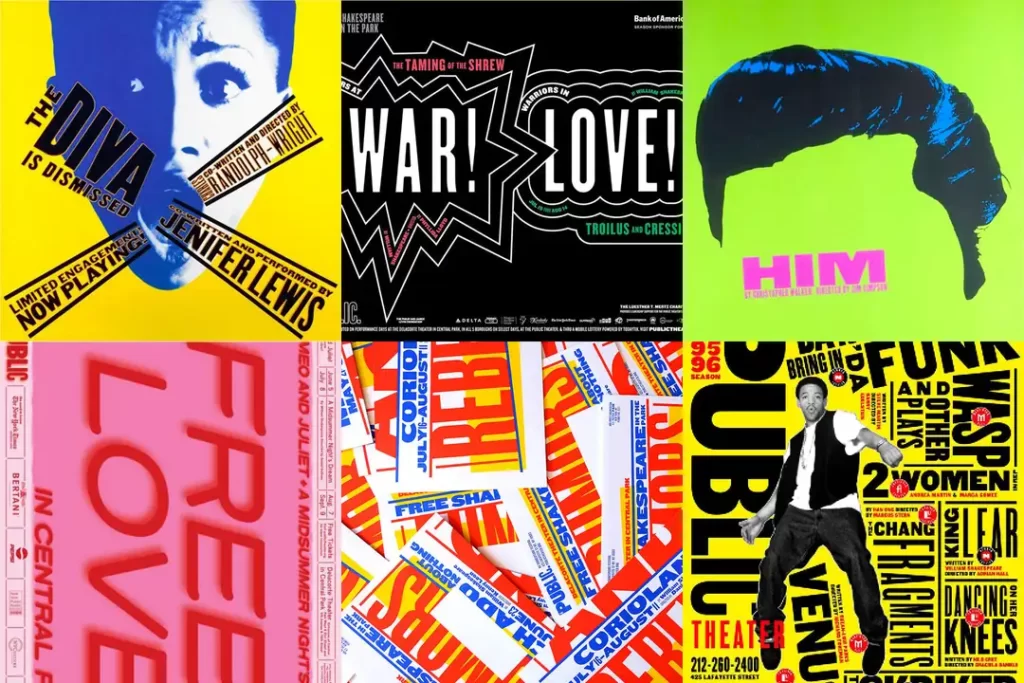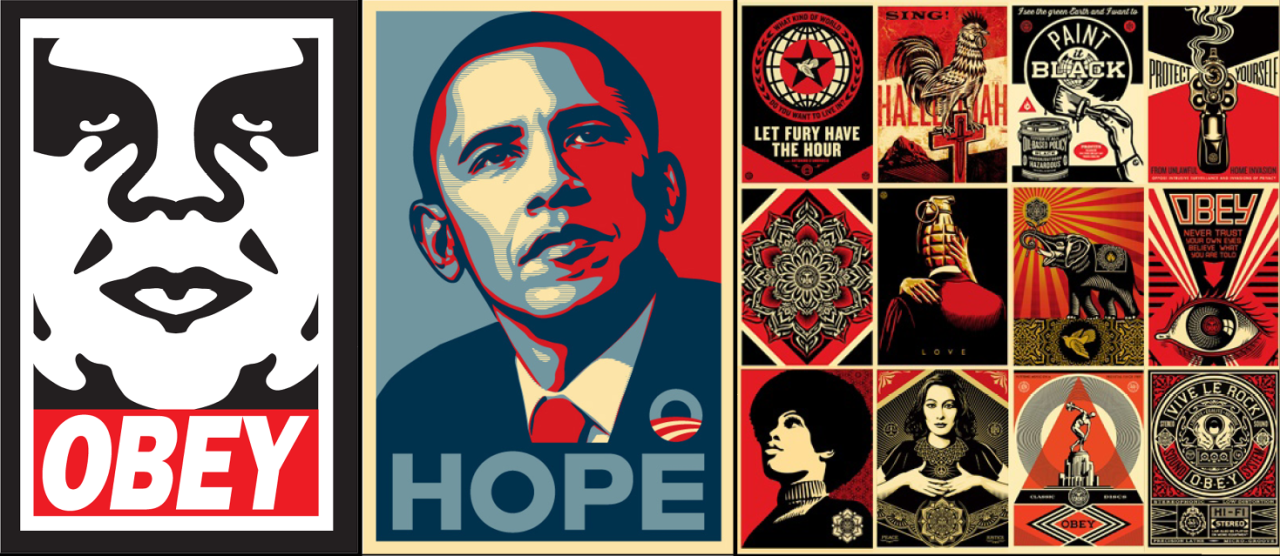The world of design is often perceived as a polished, minimalist haven of creativity a space where form meets function in harmonious perfection. However, beneath the sleek surfaces and elegant user interfaces lies a turbulent undercurrent of fierce debate, clashing egos, and passionate disagreement. This is the realm of controversial design drama, where a single decision can ignite a firestorm of critique from users, critics, and fellow designers alike. These conflicts are more than just petty squabbles; they are pivotal moments that expose the profound tension between aesthetics, functionality, corporate strategy, and user empathy. This in-depth analysis pulls back the curtain on the most infamous design dramas, exploring their root causes, their societal impact, and the crucial lessons they impart for the future of the creative industries.
The Inevitable Clash: Why Design Drama Exists
Before diving into specific cases, it’s essential to understand why design is such a fertile ground for controversy. Unlike purely artistic endeavors, design is not created in a vacuum. It serves a purpose, interacts with users, and exists within commercial and cultural contexts. This intersection creates multiple pressure points:
A. The Subjectivity of Taste: What is “beautiful” or “intuitive” to one person may be “ugly” or “confusing” to another. There is rarely a single, objectively correct answer.
B. The High Stakes of Business: Design changes, particularly for major brands and tech platforms, can impact millions of dollars in revenue, user retention, and brand equity. This financial pressure amplifies every decision.
C. The Emotional Connection of Users: People form deep, habitual attachments to the tools and interfaces they use daily. Altering these familiar elements can feel like a personal violation, triggering a strong emotional response.
D. The Democratization of Critique: Social media has given everyone a platform. A design change that might have once been debated in niche forums now faces instant, global judgment from a vast and vocal audience.
Case Studies in Controversy: When Design Made Headlines
To truly grasp the scale and impact of design drama, we must examine the real-world cases that have captured global attention.
A. The Instagram Icon Redesign of 2016: A Shock to the System
In May 2016, Instagram replaced its iconic, skeuomorphic camera logo a familiar symbol of nostalgia for the early days of mobile photography with a minimalist, gradient-filled glyph. The internet erupted.
-
The Backlash: The criticism was immediate and brutal. Users called the new logo “generic,” “uninspired,” and a betrayal of the brand’s heritage. Memes comparing it to a poorly designed 1980s app flooded social media. The outrage wasn’t just about the logo itself; it was about the app’s internal UI, which also shifted from a deep blue and black scheme to a stark white interface, accused of being blinding and devoid of personality.
-
The Defense: Instagram’s design team, led by creative director Ian Spalter, explained that the change reflected the platform’s evolution. The old logo represented a single camera for photos. The new, vibrant glyph was meant to symbolize the diverse and dynamic content—Stories, Reels, IGTV, and video—that the platform now hosted. They argued that the simplified logo was more versatile across different digital contexts.
-
The Aftermath and Lesson: While the initial shock was severe, the controversy eventually subsided. The new logo became normalized, proving that users can and do adapt. The key lesson here is the critical importance of managing transition. A more gradual rollout, a clearer communication strategy explaining the “why,” or even involving the community in the process could have softened the blow. It taught designers that while evolution is necessary, disrespecting user sentiment comes at a high cost.
B. The New Coke Catastrophe: A Lesson in Brand Identity
While not a digital product, the New Coke saga of 1985 remains the quintessential case study in disastrous redesign, offering timeless lessons for all designers.
-
The Change: In response to Pepsi’s growing market share, The Coca-Cola Company decided to change its secret formula. They discontinued the original Coca-Cola and replaced it with “New Coke,” a sweeter formula that had performed well in blind taste tests.
-
The Backlash: The public response was not just disappointment; it was a cultural uprising. Consumers hoarded original Coke, formed protest groups, and flooded the company with over 400,000 calls and letters. It wasn’t about the taste; it was about the emotional connection and nostalgia associated with the original brand. The product wasn’t just a beverage; it was an American icon.
-
The Reversal and Lesson: Within 79 days, Coca-Cola was forced to bring back the original formula under the name “Coca-Cola Classic,” eventually phasing out New Coke entirely. This drama underscores a fundamental truth: A brand is more than its product; it’s a set of memories and emotions. User testing can measure preference, but it cannot measure emotional attachment and brand loyalty. Designers must respect the intangible value of a brand’s heritage.
C. The Xbox One Reveal: Misreading the Core Audience
In 2013, Microsoft unveiled the Xbox One not as a gaming console, but as an “all-in-one entertainment system.” The focus was on its TV integration, voice controls, and always-online requirement.
-
The Backlash: The core gaming community felt betrayed and abandoned. Gamers revolted against the always-online DRM (Digital Rights Management), which required a constant internet connection and restricted the sharing and resale of physical game discs. The messaging focused on casual entertainment, alienating the dedicated players who had built the Xbox brand.
-
The Reversal: Facing immense pressure and losing the pre-order war to Sony’s PlayStation 4, Microsoft completely reversed its policies. It scrapped the always-online requirement, revised its DRM rules for used games, and refocused its marketing on games and gamers.
-
The Lesson: This drama highlights the peril of neglecting your core user base. Microsoft designed for a hypothetical, broad entertainment audience while ignoring the needs and values of its most passionate customers. It’s a stark reminder that understanding your primary user persona is non-negotiable in design strategy.
D. The Google Material You Overhaul: A Debate on Forced Aesthetics
With Android 12, Google introduced its most radical visual update in years: Material You. This design language emphasizes personalization, with the OS automatically extracting colors from your wallpaper to theme the entire interface.
-
The Controversy: The debate was more nuanced than simple outrage. While many praised the playful and personalized aesthetic, critics, including many UX purists, argued that the algorithmically generated color palettes were often low-contrast, harming readability and accessibility. Furthermore, the design was criticized for being overly “puffy” and “childlike,” with some arguing it sacrificed clarity and information density for the sake of a trendy look. It raised questions about aesthetics being forced upon users at the potential expense of functionality.
-
The Lesson: This ongoing drama illustrates the tightrope walk between trendiness and timeless usability. Personalization is a powerful tool, but it should not compromise fundamental principles like accessibility, contrast, and legibility. It shows that even well-intentioned, innovative design can be controversial if it feels like it prioritizes form over core function.
The Hidden Costs of Design Controversy
The impact of these dramas extends far beyond angry tweets and memes. They have real-world consequences:
A. Financial Loss: Reversing a design decision, as in the case of New Coke or the Xbox One, costs millions in R&D, marketing, and manufacturing. A drop in user trust can also lead to a direct loss in sales and stock value.
B. Erosion of Brand Trust: When users feel ignored or disrespected, their loyalty fractures. Rebuilding that trust is a long and difficult process that can take years, much longer than the initial controversy.
C. Developer and Designer Morale: The teams who work tirelessly on these projects often face the brunt of public vitriol. This can lead to burnout, decreased morale, and a culture of fear around innovation.
D. Stifling of Innovation: The fear of public backlash can make companies risk-averse, potentially preventing them from making necessary, bold changes in the future.
Navigating the Minefield: A Framework for Better Design Launches
How can companies and designers innovate without sparking a firestorm? A proactive, user-centric approach is essential.
A. Transparent Communication: Don’t just announce a change; explain the “why” behind it. Use blog posts, videos, and social media to take users on the journey, helping them understand the problem you were trying to solve.
B. Inclusive and Iterative Testing: Move beyond simple A/B testing. Engage with your community early through beta programs, user interviews, and feedback forums. Test not just for usability, but for emotional response.
C. The Phased Rollout: Instead of a “big bang” launch, introduce changes gradually. This allows you to catch issues, gauge reaction from a smaller audience, and make adjustments before a global release.
D. Embrace Authenticity: When criticism arises, address it head-on. Acknowledge user concerns, validate their feelings, and outline your plan. A defensive or silent posture only fuels the drama.
E. Know Your Legacy: Understand what your users value most about your current design. Is it the familiarity? The efficiency? The nostalgia? Ensure your new design honors these core values even as it evolves.
Conclusion: Embracing the Drama as a Catalyst for Growth
Design controversy is not a sign of failure; it is an inevitable by product of a field that matters deeply to people’s daily lives. These dramatic episodes, while painful for those involved, serve a vital purpose for the entire industry. They force crucial conversations about ethics, accessibility, user consent, and the true meaning of good design. They remind us that design is not just about pixels and products; it’s about people, psychology, and culture.
By studying these controversies from the explosive rage over New Coke to the nuanced debates around Material You we can learn to build better, more thoughtful, and more resilient products. The goal should not be to avoid drama at all costs, but to navigate it with empathy, intelligence, and a unwavering commitment to the user. In doing so, we transform controversy from a threat into a powerful catalyst for innovation and growth.














